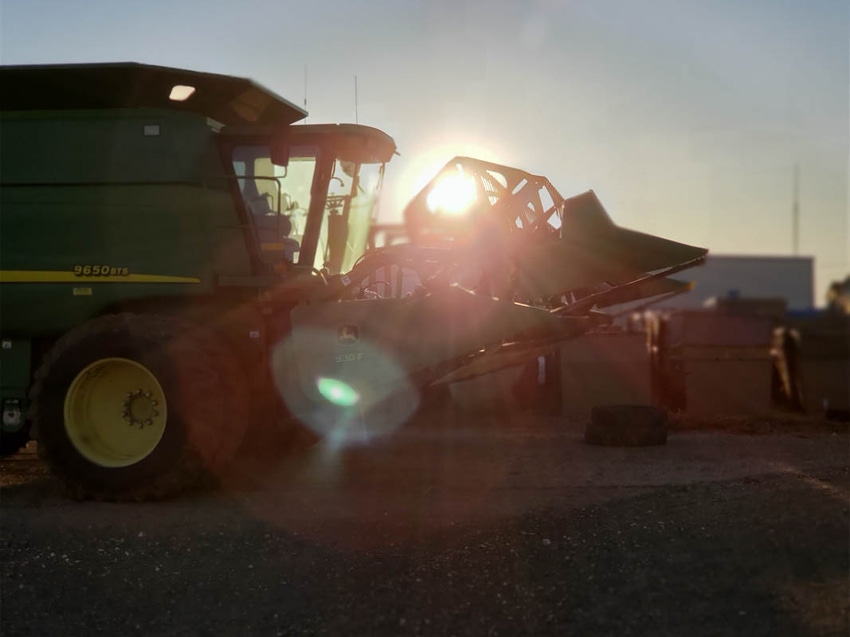
Farmers and ranchers are generally known to be incredibly optimistic, and for good reason. Growing crops and raising livestock offers many challenges. To put it mildly, it’s not for the weak of heart. It would be fair to say that farmers endure hardships rather well.
But even the strong have limitations. An ice storm can bring down the limbs of the mighty oak. A hairline crack can eventually drain the pool. The walls of Jericho could not last forever.
Dealing with the negatives
Looking back over the last ten years, U.S. farmers and ranchers have endured a great deal of challenges, obstacles and setbacks.
Beginning in 2010, much of the nation began suffering from extremely dry conditions. In California, the worst drought in history prevailed from 2011-2017.
Most of the South and Southwest U.S. suffered record drought conditions from 2011 through at least 2014. During 2011 alone, Texas, along with a handful of southern states, suffered more than $10 billion in crop losses.
In addition to drought, floods have caused massive setbacks for farmers in recent years. By the end of March this year, over one million acres of farmland were under water as a result of heavy spring floods. But flood concerns were far from over. In early summer the rains came again and hundreds of thousands more acres flooded from unrelenting cloudbursts and levee breaches. Livestock herds were lost, and crops were destroyed. Even now, many acres remain flooded and thousands of acres will require many years to recover. The economic losses are devastating.
If that wasn’t enough, beginning in 2010, 13 hurricanes assaulted the United States, most causing serious losses to agriculture. Five were Category 5 hurricanes, two were Category 4 storms, three were Category 3, one was a Cat 2 storm and two were Cat 1 hurricanes. Total losses combined has been estimated to be $464.83 billion.
Wildfires
This year, widespread and deadly California wildfires destroyed more than 5,000 acres of farmland operated by the University of California Hopland Research and Extension Center, including three research structures and storage sheds. Also lost to California wildfire this year were beekeeping facilities, nut, fruit and grape orchards and cattle operations.
Overall, more than a million California acres burned this year and in 2018, including losses sustained in the deadliest wildfire in U.S. history, the Camp Fire that destroyed communities and claimed 84 human lives.
Wildfires in Texas in recent years destroyed thousands of acres of rangeland and tens of thousands head of cattle, and fire officials and environmentalists warn the trend for uncontrolled wildfires may be the new norm.
Crop prices and trade issues
Low crop prices and recent trade issues add to the misery. The financial difficulties continue to mount despite some price improvements and assistance through Market Facilitation Program payments.
Not all news has been bad. Some bright moments help offset the bad. Many would argue, however, the challenges have taken their toll; they have strained even the most optimistic of producers.
The many setbacks also had a ripple effect across the support industry. Loans are tougher to come by as increasing debt levels cause lenders to be slow to respond to the crisis. As of this writing, farm and ranch bankruptcies have escalated with only four of the 48 contiguous states reporting no farm bankruptcies this year.
Recent times have been tough for many farmers, especially those adversely affected by losses beyond their control. Yet farmers, perhaps miraculously, have largely remained resilient. So, where does their strength come from?
Some believe it's rooted in their propensity to be optimistic against all odds and is probably borne in their deeply rooted faith, passed down through generations, that teaches patience and thanksgiving. Thanksgiving is a time to reflect on that faith and perseverance.
For those who till the earth and tend their livestock, challenges reflect more as opportunities and less like problems. It’s a fundamental precept that promotes an attitude of optimism in the face of trouble.
Will Rogers may have said it best. “The farmer has to be an optimist, or he wouldn’t still be a farmer.”
Patience, thanksgiving and optimism are tools of their trade.
About the Author(s)
You May Also Like






